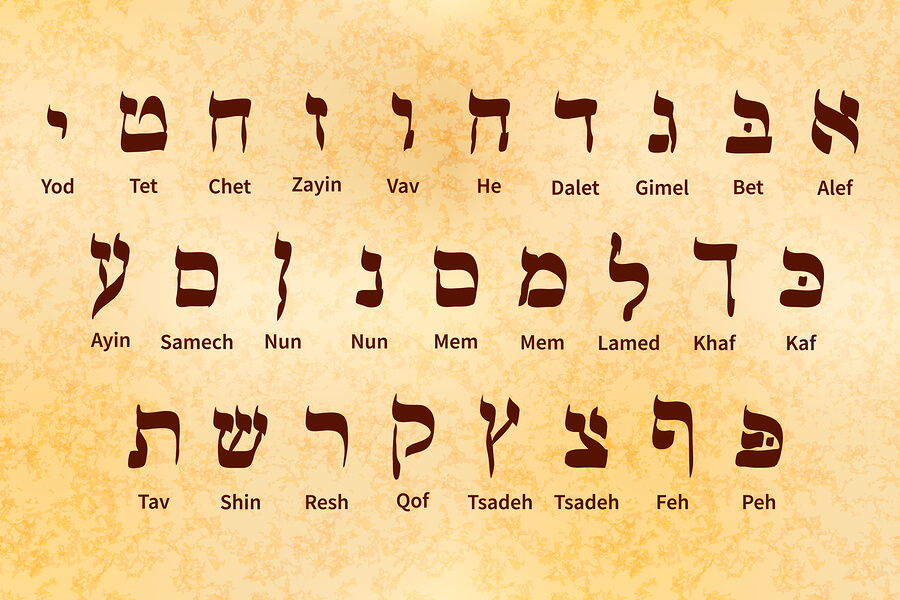Is it Possible to Work Out What the World’s Oldest Language Is?
Last Updated On: July 13, 2021 by The Migration Translators

Is it Possible to Work Out What the World’s Oldest Language Is?
The oldest human language is shrouded in mystery. The first language spoken on Earth is estimated to have emerged around 200,000 years ago in Southern or Eastern Africa. In fact, it is unlikely ever to be known just how the ability to communicate with language actually came about. It is thought that the need for better communication developed at the same time as the transformation of the African ecological environment in which early humans lived. Fossil evidence shows that the size of the hominid brain grew quite rapidly, presumably to accommodate parts of the brain that could deal with complex thought and verbal communication.
The real reason that we will never know what is the oldest language was spoken is that it would have predated written records by tens of thousands of years. By the time writing in the form of hieroglyphics became commonplace, languages would have developed all over the earth in places to which humanity had spread.
7,000 languages are recognized today
What we do know more about is the existence today of languages that have changed little through antiquity. There may be doubt about exactly what is the oldest living language, but there are certainly several contenders. There are around 7,000 languages in the world today. These are grouped in a much smaller number of language families. Languages evolve because people move away from where they used to live and because of isolation, gradually change the words and grammar they used to use.
The only record we have of the age of different languages is from written manuscripts and other forms of writing. There are several places around the world where writing developed independently. These places and the languages used at the time are presumed to be the world’s oldest living languages, but that is still not certain as there may be other languages in existence that were used by people who never used writing. For example, indigenous Australians have been on the Australian continent for at least 60,000 years according to the fossil record. No indigenous Australian community or language group ever invented or had any need to invent, writing, yet presumably, their languages are ancient.
Some of the oldest living languages are almost extinct
Of the languages we are certain about, some of the oldest are now functionally extinct. For example, one of present-day India’s oldest languages is Sanskrit. Although there are many monuments and buildings as well as documents that have been written in Sanskrit, it is not a living language. Some Indian scholars believe that there is evidence that Tamil, which is closely related to Sanskrit, may actually predate it and the language may be one of the oldest languages in the world at over 5,000 years old.
Latin is another ancient language and was in use throughout what is modern-day Europe and beyond for long periods before it died to be replaced by its descendants, the Romance language family, including Italian, Spanish, French, Romanian and Portuguese.
Back in Asia, Hebrew and Aramaic are also regarded as some of the world’s oldest living languages and have a linguistic affinity with Sumerian which first developed in the Middle East many thousands of years ago. Further to the East, the Korean language and Chinese are also very old languages, although, like many other languages that have been around for a long time, they have changed down the ages. It would be hard for a Korean from 1,000 years ago to probably a modern Korean today! They would probably need a translator.
Other old languages have changed through the ages, yet remain recognized as being related to the original. For example, Greek has been used since antiquity but has changed so much that scholars of Ancient Greek would have a hard time conversing in modern Greece, despite the obvious relationship. Again, translators are often used to bridge the language gap when translating ancient texts into the modern equivalent.
Other continents have ancient languages too
In Africa, Egyptian is probably the best known oldest language that we know about. Like Greek, though, ancient Egyptian as has been recorded in hieroglyphics on famous monuments like the Pyramids has disappeared and is no longer a living language. In fact, modern Egypt uses Arabic as its official language, another very important old language.
Over in the Americas, some of the oldest languages are Aztec, Mayan, and Inca. Again, there may be older languages still spoken today, yet their speakers never developed writing, so their origin is shrouded in the jungle mist.
Conclusion on World’s Oldest Language
There are several contenders for the world’s oldest living languages although no one will ever really know which of them is the oldest. Making sense of ancient hieroglyphics and written texts have become a specialized translation skill. Old language translators are few and far between. Ancient language translators must first learn the language they are studying, then and only then can they translate the ancient writing so that it can be read and studied by everyone else. Even not so ancient languages like Old English need translators of their own. Chaucer’s bawdy tales, for instance, need translating by old English sentence translators, so the words and phrases of Old English can be understood and enjoyed by today’s English speakers.



